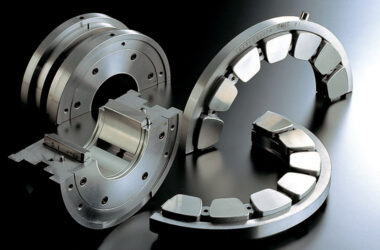A high-performance engine builder can reasonably assume that they’ve exhausted the capabilities of their current engine and are now in need of a rebuild. Engine building is not governed by a universal set of rules; each builder has its own theories and methods that have worked for multiple builds. You can use these pointers the next time you want to construct a high-performance engine. Check out https://orbimotors.com for all your engine rebuilding needs.
Dirty work area
There are a lot of us who don’t have a high-performance shop with a “clean room.” Many people use their garages as a makeshift assembly room in their homes. It’s understandable that this isn’t the cleanest place to assemble your engine, but there’s no good reason to do so. The best way to keep your work area clean is to use common sense.
Before and after you work on your engine, it’s a good idea to clean up any grease or other material that may have accumulated. Sweeping the floor or table during construction will cause dust and dirt to be released into the air. To avoid contaminating your assembly area, do not grind or file piston rings near your assembly area. Using a steel-topped workbench in an engine-building area is highly recommended. It’s a must-have for engine disassembly and reassembly. If you need to disassemble the engine, you do not have to worry about the oil seeping into the wood top.
Tape It!
As a result of loose bolts and nuts falling into the cylinder head or ingested through the intake, we’ve heard numerous stories of catastrophic engine failure. There are many times when a new engine is built and then left to sit for months before being used. Use masking tape to prevent dirt and debris from entering the engine and keep it squeaky clean.
Keep the region and the things clean.
If you’re unsure, clean the engine before you start to put it back together. The head and engine deck surfaces must be clean for a head gasket to seal properly. It is possible to have a blown head gasket if the cylinder head and gasket are not properly sealed by any foreign material, such as dirt, old gasket material, or grease. Using acetone, brake cleaner, or degreaser to clean both the head and the block surfaces prior to installing the head gasket will help prevent these issues. To avoid leaving an uneven surface on the mating surface of the cylinder head or block, never use a wire brush or abrasive for the purpose of cleaning.
Use the Piston Ring End Gap
There is an easy trick for adjusting the gap between piston rings. You can do this by temporarily fitting a set of rings around it. However, you must make sure that it is perfectly square with the cylinder. By using this trick, you can check the gap, file, and square the piston twice as fast as you would by using a more traditional method.







